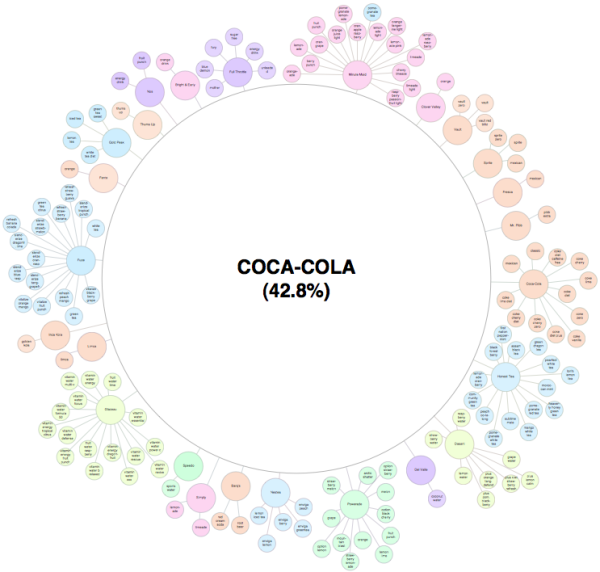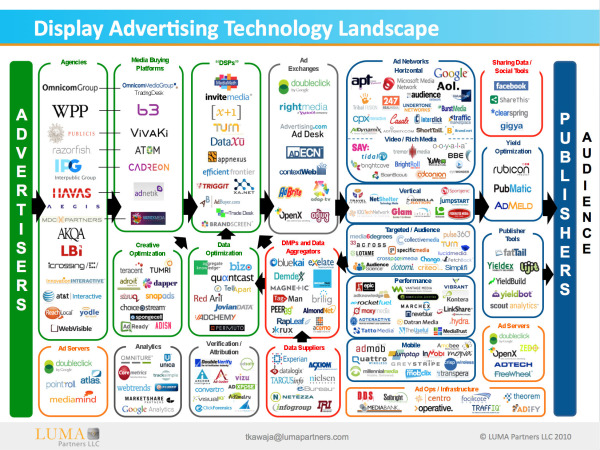Real Estate Professionals & Social Media Infographic
From Mashable and Postling, the Real Estate Industry + Social Media Use infographic looks at how social media is reshaping how realestate agents communicate with potential buyers.
The real estate industry has seen a number of social media innovations over the past few years. Real estate pros are using social media to provide online property tours, schedule showings and showcase local expertise.
Alexis Lamster, VP of customers at Postling and creator of the infographic below, told us that the company analyzed more than 500 Postling accounts specific to real estate and more than 7,000 small business accounts to extract information on how the real estate industry is using social media.
Although the infographic is made up of mostly pie charts and bar charts, it clearly communicates the information in a clean, easy-to-read format.









 Randy
Randy









